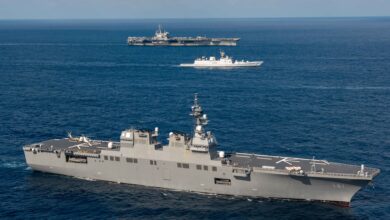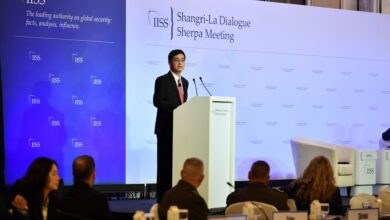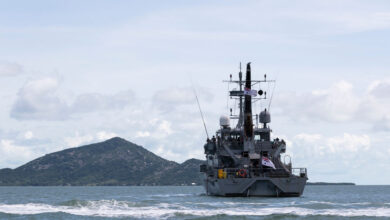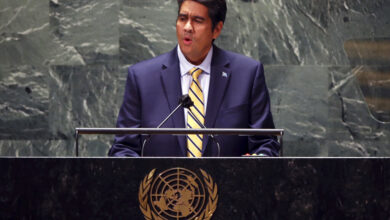Partnership between Australia, Philippines has lasting value

Tom Abke
Australia and the Philippines are celebrating 75 years of diplomatic ties in 2021, and robust defense cooperation has been integral to the relationship since its inception.
Cooperation has become increasingly important amid heightened tensions in the South China Sea and the need to counter violent extremists in the Philippines.
When more than 200 vessels from the People’s Republic of China (PRC) in March 2021 moored near Julian Felipe Reef, also known as Whitsun Reef, which is inside the Philippines’ exclusive economic zone, Canberra was quick to announce its displeasure.
“Australia supports an Indo-Pacific region which is secure, open and inclusive,” Steven J. Robinson, Australia’s ambassador to the Philippines, stated on Twitter. He described the South China Sea as an international waterway “governed by international rules and norms,” particularly the United Nations Convention on the Law of the Sea (UNCLOS).
An international tribunal ruled in 2016 that UNCLOS superseded the PRC’s territorial claims in the South China Sea. “We remain concerned about destabilizing actions that could provoke escalation,” Robinson added.
His supportive comments reflected the tone of the 19th Philippines-Australia Joint Defence Cooperation Committee (JDCC), held online February 23, 2021. The governments issued a joint statement resolving that “the Indo-Pacific region must go beyond major power competition and should be inclusive and rules-based in which countries, such as the Philippines and Australia, play a role in shaping the region.”
Their partnership includes the ongoing Enhanced Defence Cooperation Program launched in 2019 as the successor to Operation Augury-Philippines, which had provided counterterrorism training to over 10,000 Philippines Armed Forces personnel since the siege of Marawi by terrorists in 2017, according to Australia’s Department of Defence (DOD).
Perpetrated by a cluster of violent extremist groups, some with ties to the Islamic State, the siege left over 1,000 Filipinos dead and displaced 350,000 others. Australia provided surveillance aircraft, naval frigates and advisors to assist Philippine counterterrorism units in defeating the extremists. (Pictured: Philippine Secretary of National Defense Delfin Lorenzana, left, meets with Australia’s then-Minister for Defence Linda Reynolds in 2019.)
The training has included activities focusing on urban warfare and joint coordination capabilities, air training on coordination in urban settings and maritime training, the DOD reported.
The JDCC grew out of the Memorandum of Understanding on Cooperative Defence Activities, signed by both governments in 1995 to provide policy direction and to coordinate and monitor defense cooperation, according to the DOD. In 2012, the countries signed a Status of Visiting Forces Agreement (SOVFA), which gives a legal and operational framework for such cooperation.
Under the SOVFA, the Australian Defence Force regularly trains with all ranks of the Philippines Armed Forces and Coast Guard. The agreement has also facilitated humanitarian assistance and disaster relief, including the distribution of pandemic-related medical supplies.
Tom Abke is a FORUM contributor reporting from Singapore.
IMAGE CREDIT: AUSTRALIA DEPARTMENT OF DEFENCE




